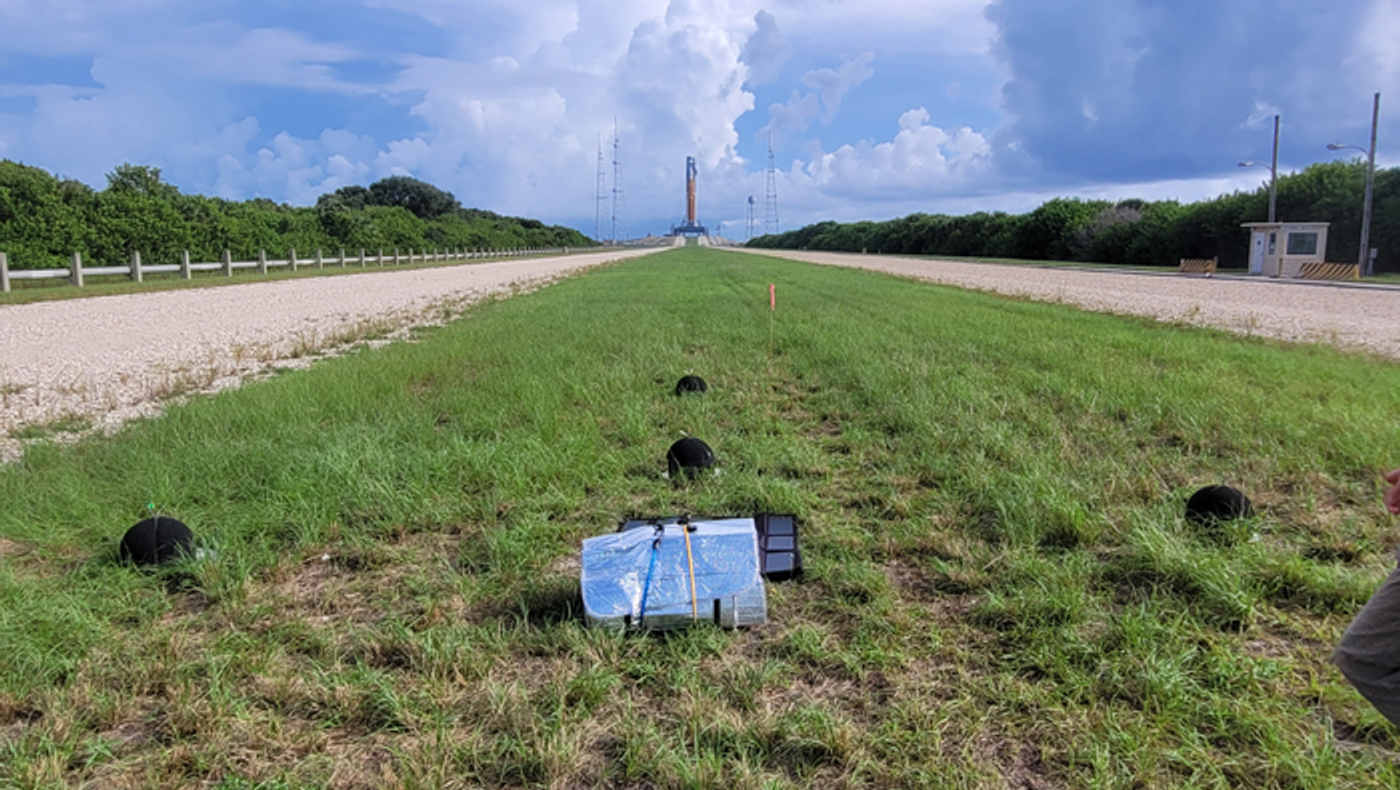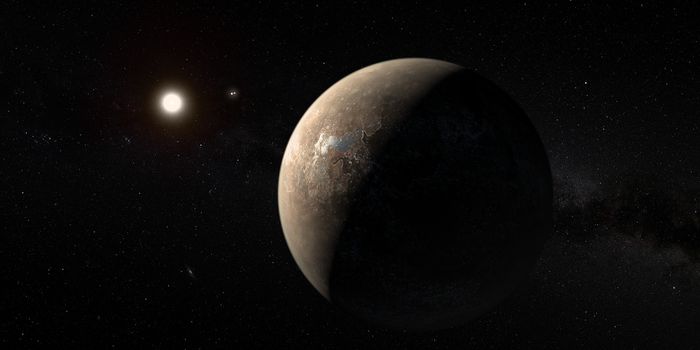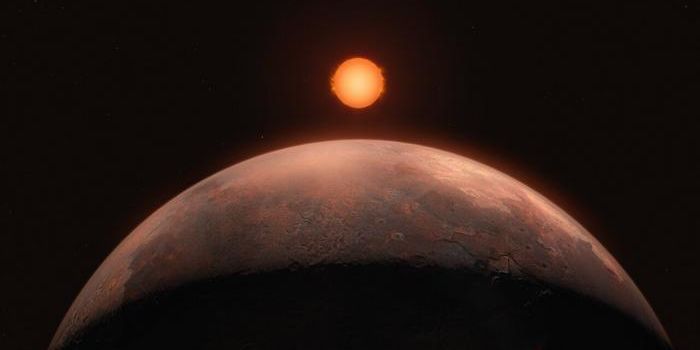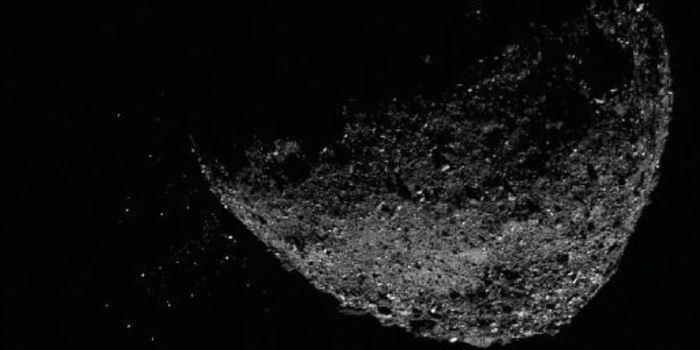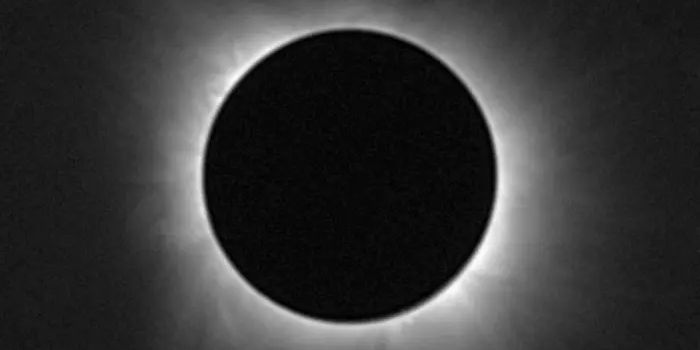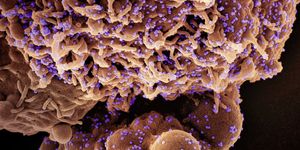Researchers Address Potential Noise Concerns from Artemis 1 Launch
After years of setbacks and delays, NASA’s much-lauded Space Launch System (SLS) carrying the uncrewed Artemis 1 mission lifted off in spectacular fashion at 1:46am EDT on November 16, 2022, from Cape Canaveral in Florida, the very launch complex that sent the Apollo astronauts to the Moon onboard the towering Saturn V rocket in the late 1960s and early 1970s. While this was SLS’s maiden flight to conduct a thorough systems check of both the launch vehicle and the Orion capsule for Artemis 1, this also started a new age in human space exploration as we plan to send humans back to the Moon in the next few years, followed by Mars in the next decade, or so.
But the joy and excitement about SLS and what it can accomplish also brings with it a sense of concern, as mega rockets like SLS produce a lot of noise, which can be damaging to both humans and the environment.
And it’s these very noise concerns that a team of researchers led by Brigham Young University (BYU) hope to address, as they measured the noise levels during liftoff from various locations around the launch site to better understand the acoustics of super heavy-lift rockets. This was done primarily due to SLS now being designated as the world’s most powerful rocket, eclipsing NASA’s Saturn V that launched the Apollo missions in the 1960s and 1970s by 13%, as the Saturn V produced about 7.6 million pounds of thrust, SLS produced about 8.4 million pounds of thrust.
The purpose behind such a study is to verify current noise prediction models, which are required to both protect equipment and the surrounding community and environment, as well. Such data will come in handy as more powerful launch vehicles are expected to be built in the coming years and decades.
“We hope these early results will help prevent the spread of possible misinformation, as happened with the Saturn 5,” Dr. Kent Gee, who is a Professor of Physics and Chair of the Department of Physics and Astronomy at BYU and lead author of the study, said in a statement. “Numerous websites and discussion forums suggested sound levels that were far too high, with inaccurate reports of the Saturn 5’s sound waves melting concrete and causing grass fires.” What Dr. Gee is referring to is a 2022 study published in The Journal of the Acoustical Society of America regarding “misunderstood or incorrect data” about the Saturn V’s acoustic levels.
For the study, the researchers placed microphones at listening stations between 1.5 km (1 mi) and 5.2 km (3.2 mi) from the launch pad which is outside the designated blast danger area. The resulting noise maximum noise levels reached 136 decibels at 1.5 km from the launch pad and 129 decibels at 5.2 km from the launch pad, which surpassed predicted models by 20 percent.
“We found the Artemis 1 noise level at 5 km had a crackling quality about 40 million times greater than a bowl of Rice Krispies,” said Dr. Whitney Cole, who is an Assistant Physics Professor at Rollins College and a co-author on the study. The researchers also compared the noise levels at 5.2 km from the launch site as on par with a chainsaw.
“Although this study is an important step forward, we still have a long way to go to understand everything about the generation, propagation, and perception of rocket noise,” Dr. Gee concluded.
The research team has some time to analyze their data, as Artemis 2 isn't scheduled to launch until sometime in 2024.
Sources: Reuters, NASA, JASA Express Letters, EurekAlert!, The Journal of the Acoustical Society of America, Space.com
As always, keep doing science & keep looking up!

